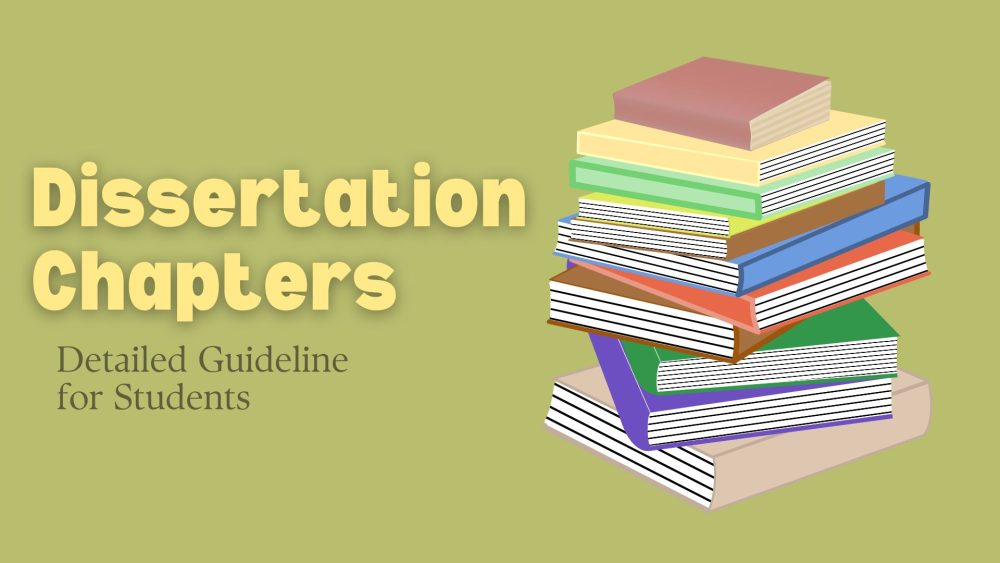Are you working on your thesis, dissertation, or research paper? One of the sections that you must include, and do it properly is the limitations. So, what is study limitations and how do you go about it?
Table of Contents
What Are The Limitations of a Research Study?
What are the limitations in a study? Limitations of a study are the hurdles, call them characteristics of your study design, which impact the interpretation of the findings.
They challenge generalizability and use of the findings as you had anticipated when selecting the research design. Understanding these limitations helps you to explain to the reader how they impacted the results and the conclusion, in line with your study design.
Importance of Including Limitations in Research
While some researchers feel that highlighting the limitations in research undermine the value of their studies in the eyes of the reader, the reverse is indeed true. Here are some key reasons why you need to include them:
- Helps you to answer the questions that your professor might ask
When professors mark students’ papers, one of the areas they check keenly is the limitations of the study. So, instead of waiting for your teacher to ask about research limitations, risking lower grades because you ignored the section, you should make sure to include them.
- Limitations of research studies offer you the chance to point at areas that need further studies
If the limitations you encountered during your study impacted the findings of the research, you could demonstrate how further studies might be crucial in giving answers to unanswered questions.
- Clearly presented limitations show that you understand the research problem well
When you finally present your research findings, the assessment committee expects to see professionally done work. Therefore, carefully presenting the limitations of research implies that you thought about the study problem, did ample review of the related literature, and analyzed the selected methods.
When presenting the study limitations, it is important to appreciate that you need to go beyond listing them. Target answering the question: “Do the study limitations impact on the findings and their validity?” and “If they do, to what extent?” So, go ahead and explain them to the readers so that they do not point at gaps in your finished study.
Examples Of Limitations Of A Study
When carrying out your study, there are many challenges, but it is crucial to restrict the focus to the limitations that are closely related to the research problem. When writing about limitations in a study, make sure to use the past tense. Here are common limitations when doing research:
Methodological Related Limitations
Sample Size
The number of units that you will use for study is determined by the type of research problem that you are addressing. If the sample is too small, you are likely to find it challenging to establish the relationships between the different variables. Note that if you are doing a qualitative study, the sample size will be less relevant, especially if it was explained well in the research problem.
Lack of available or reliable data
If you do not have enough data or it is unreliable, there is a danger of your study’s scope being limited or failing to find meaningful relationship in your study. So, make sure to carefully describe these imitations, explaining why you think the data is unreliable or missing. This is also a perfect opportunity to call for further studies in order to fill the gap.
Lack of prior research on the topic
When doing research, you are required to carry a comprehensive review of the available literature to lay a strong foundation for better understanding of the problem being investigated. Depending on the nature and the scope of the topic, it is not uncommon to find areas that are poorly studied. To avoid the problem, you should start by carefully assessing the availability of related studies. For example, you should check with different libraries to establish the availability of prior studies.
Measuring the collected data
After interpreting the findings of the study, you might establish that the manner in which you gathered the data limited the ability to do a thorough analysis. For example, you might regret failing to add specific questions that could have helped address an issue that arose later in your research. So, acknowledge this challenge and point at the need for further studies to review the method of data collection.
Limitations of the Researcher
Access
One of the common limitations in research is poor access to things such as documents, organizations or people. In such a situation, you should clearly state the reasons for getting denied access to the targeted source of information.
Longitudinal Impacts
Unlike your teacher who can commit years to study a selected problem, the timeframe for completing your assignment is likely to be limited. So, be sure to select a topic that does not need a lot of time to complete.
Cultural related bias
Cultural bias is one of the common examples of limitations in research that can have significant implications on a study’s findings. Well, whether people are conscious or not, they always have some biases. In most cases, this is negative, though it is also possible to get positive biases. Be extra careful when proofreading your work to note cases of bias in the selected data, sample or other details. If the resources you are using have instances of bias, ensure to acknowledge and explain your effort to void it.
Language barrier
If your study involves dealing with people using different languages, communication can be a major barrier. For example, if you are studying the effectiveness of a certain study model on students learning English as a second language, you are likely to experience language related challenges. So, make sure to acknowledge them.
How to Write Limitations Of a Study
When working on your research, information about the limitations is placed at the start of the discussion chapter/section of the paper. This implies that your reader will understand the limitations before getting deeper into the analysis. In other cases, limitations are brought out when concluding the discussion of your research, highlighting the need for further study.
Note: You should not hide the discussion in the middle of the report’s discussion. If you must, it is important to restate the limitations when concluding the discussion section.
If you establish that the study limitations have severely flawed your research, such as being unable to acquire essential data, it is advisable to consider your work as an exploratory study to serve as groundwork for later studies. In such a situation, try to be as specific as possible, explaining in what ways the flaws can be addressed.
When preparing a research paper, the limitations should not be an excuse for failing to do your work thoroughly. Remember that if the limitations are severe, it is an indication that your research problem was too narrow or the issue under consideration is too recent.
Here are some important things you need to do when writing your research limitations.
- Be concise but ensure every limitation is well explained.
- Clearly explain why the limitations in your study exist.
- Explain why it was impossible to overcome the study limitations.
- Show the impact of the limitations in relation to the study findings and conclusion.
- Where appropriate, show how the limitations demonstrate the need for additional studies.
Tips For Writing Research Limitations
Now that we have looked at different research limitations, here are some useful tips to help you write them well and enjoy higher grades.
- Do not inflate the findings of your study.
When writing research results, overemphasizing the findings can be misconstrued to mean that you are hiding the limitations. Therefore, make sure to report the results as you find them and show how the limitations affected them. You might need to check some examples of limitations in an experiment or other types of research by experts are done.
- If the results are negative, they are not limitations.
If you get negative results, it implies that they are challenging your hypothesis as opposed to supporting it. In such a situation, you should consider reformulating your hypothesis. Another cause of negative results might be stumbling unto something that was not expected.
- Go for the right sample size, especially in qualitative study
If you are carrying qualitative research, a smaller sample size might be ample because gathering more data does not necessarily result in more information. To determine the right sample size in qualitative studies is mainly dependent on your judgment, including experience in the evaluation of qualitative data. So, if the sample is considered a limitation for your study, it could be an indication of your judgment on the selected methodology.
- Check other study limitations examples and how they were presented.
One of the best ways of learning how to present your limitations is checking what others have done. Particularly, you should compare limitations in research examples to see how they were presented.
When working on your paper’s research limitations, it is prudent to be as clear and precise as possible. If you find this challenging, consider seeking writing help. The assistance is offered by experts who understand what limitations of a study are, and know how to present them well in your paper.














